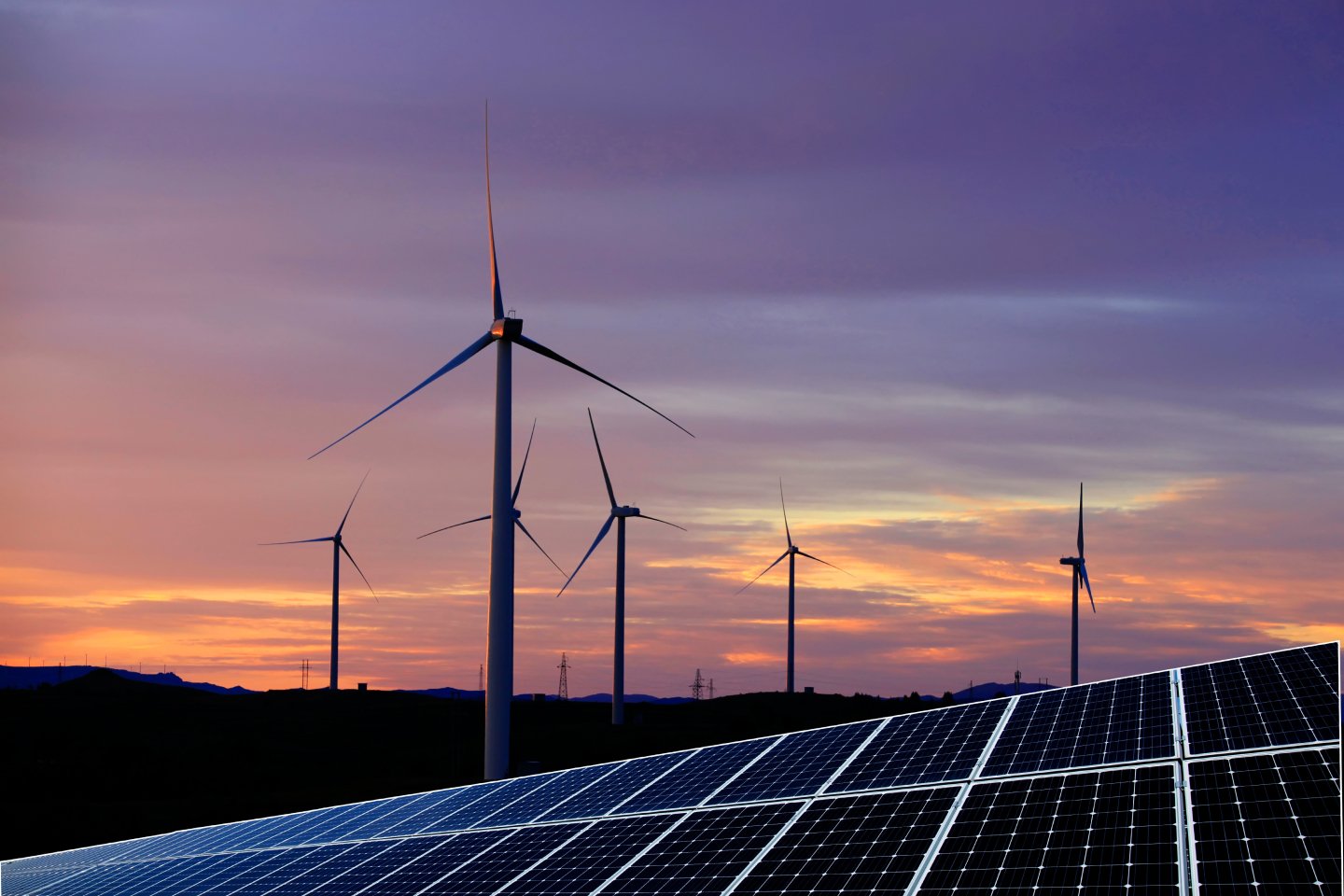Why it could be a good time to be a growth contrarian
Now the expectation of future interest rate cuts have been built into investment markets1, companies with longer-term discounted cashflows are coming back into portfolios, after being out of favour for some time.
Investing in growth might seem straight forward – simply apply your discretion to companies with higher-than-average future return expectations. There are definitely different ways to go about it. We think there’s a conventional and less conventional way to think about growth-style investing.
Conventional for many investors might mean starting with a benchmark, or an index fund. This is the exact opposite of contrarian thinking. The rise of passive investing – essentially computers picking stocks without an overlay of subjective judgement assessing underlying asset quality – has resulted in inefficiency in pricing across investment markets.2
Contrarians are more likely to be looking for opportunities where other investors aren’t looking.
Small and micro focus investing
A good hunting ground for the growth contrarian investor is in the micro-cap stock area, which is where the most under-researched and potentially under-appreciated companies outside the ASX300 are listed.
The rationale for investing in small- and micro-caps as opposed to larger capitalised and traditional blue-chip stocks is to tap into potentially superior capital growth over the long term. Small companies tend to be more focussed and specialised on their core markets, potentially offering superior revenue and profit growth.
Returns in the small- and micro-cap segments can be idiosyncratic – researchers consistently find that large-cap indices outperform smaller capitalised index returns. But it’s the experienced active smaller-cap managers that consistently outperform their benchmarks. Large-cap managers, meanwhile, find beating the benchmark consistently more difficult.3

Investing in small- and micro-caps is a long-game – it takes time to build conviction, ideas, and importantly relationships. This end of the market rewards discipline and experience. The better small- and micro-cap managers typically have had a lot of experience through the cycles to be able to put macro shifts into perspective.
We have a long track record of investing in potentially fast-growing, long-term opportunities in the micro-cap segment. The Australian Ethical Emerging Companies Fund (Wholesale) will celebrate its 9th anniversary this year and has returned 12.6% since inception. Over 7 years, it returned 11.8% per annum. Over 5 years it returned 12.5% per annum (net of fees). All figures are net of fees and as at 29 Feb 2024. This is compared to the fund’s benchmark, the S&P/ASX Small Industrials index, which returned 6.9%, 6.3% and 4.3% (gross of fees) over those same periods.
Our ethical process means we don’t even look at about 40 per cent of the share market, particularly within energy and materials. Because our portfolios are naturally skewed towards future-focused growth companies, we spend a lot of time thinking about valuation, which is reflected in our portfolios, which are overweight healthcare, information technology and utilities.
Because much of the Small Ordinaries Index is populated with mining or mining services companies we don’t invest in because of our ethical process, it gives us a lot of time to look at areas in the market others might overlook.
Renewable energy and healthcare investment focus
We have built strong credentials in renewables investing in renewable energy generators and retailors including the likes of Contact Energy, Meridian Energy and Mercury Energy out of New Zealand.
These are renewables companies that might not be on the radar of other mainstream investment firms given they generate the bulk of their revenues through hydro and geothermal energy generation. We look at these as growth opportunities in the context of global transition to renewable energy.
We also spend a lot of time looking at healthcare service companies, pharmaceutical companies, and medical device companies. Medical device companies are probably our sweet spot, and our portfolios are quite skewed towards this segment.
Among the medical device companies we own are imaging company Cyclopharm, lymphedema measurement company Impedimed, and dentistry-fitted sleep apnea company Somnomed. We like the medical device space as we believe these companies inherently have better protection around regulatory and funding changes.

Where buyouts happen
Being a contrarian also means you may end up finding yourself investing alongside opportunistic investors, like private equity or strategic buyers, particularly in the small and micro-cap end of the market.
Damstra Technology, Nitro Software, Blackmores, Limeade and Symbio are all companies in our portfolios which became takeover targets in the 2023 calendar year.
This year we’re expecting more of the same – the high gross profit margins and attractive global revenues that make these companies attractive to us also make them attractive for takeovers.
We’re aware of the potential risks investing in the smaller capitalised and more growth-oriented segments of the market, which is why we have a very strong focus on valuation – we’re looking for opportunities where companies are attractive from a multiple perspective as well as attractive relative to the broader market or even peers within the sector.
We're also very conservative in terms of our weights, we're not taking big swings on individual names, and we're very cautious in terms of their weighting, keeping a very diversified portfolio, holding 60-70 companies in the portfolio at any time.
1 2024 is still the year for rate cuts (ft.com)
2 Passive investing has increased US stock volatility, study finds (ft.com)
3 Micro-caps: Are they worth the risk? (morningstar.com.au)
This information is general in nature and is not intended to provide you with financial advice or take into account your personal objectives, financial situation or needs. Consider if the products are right for you and read the relevant PDS and TMD at australianethical.com.au. Issued by Australian Ethical Investment Ltd (ABN 47 003 188 930, AFSL 229 949) Past performance is not a reliable indicator of future performance. Risk level for this fund is very high. Investing ethically means that the investment universe will generally be more limited than non-ethical portfolios. Returns and volatility may accordingly vary compared to non-ethical portfolios over all investment timeframes. Past performance is not a reliable indicator of future performance.
Get in touch
If you would like to find out more about our Emerging Companies Fund, fill in your details below and our Business Development team will be in touch.



